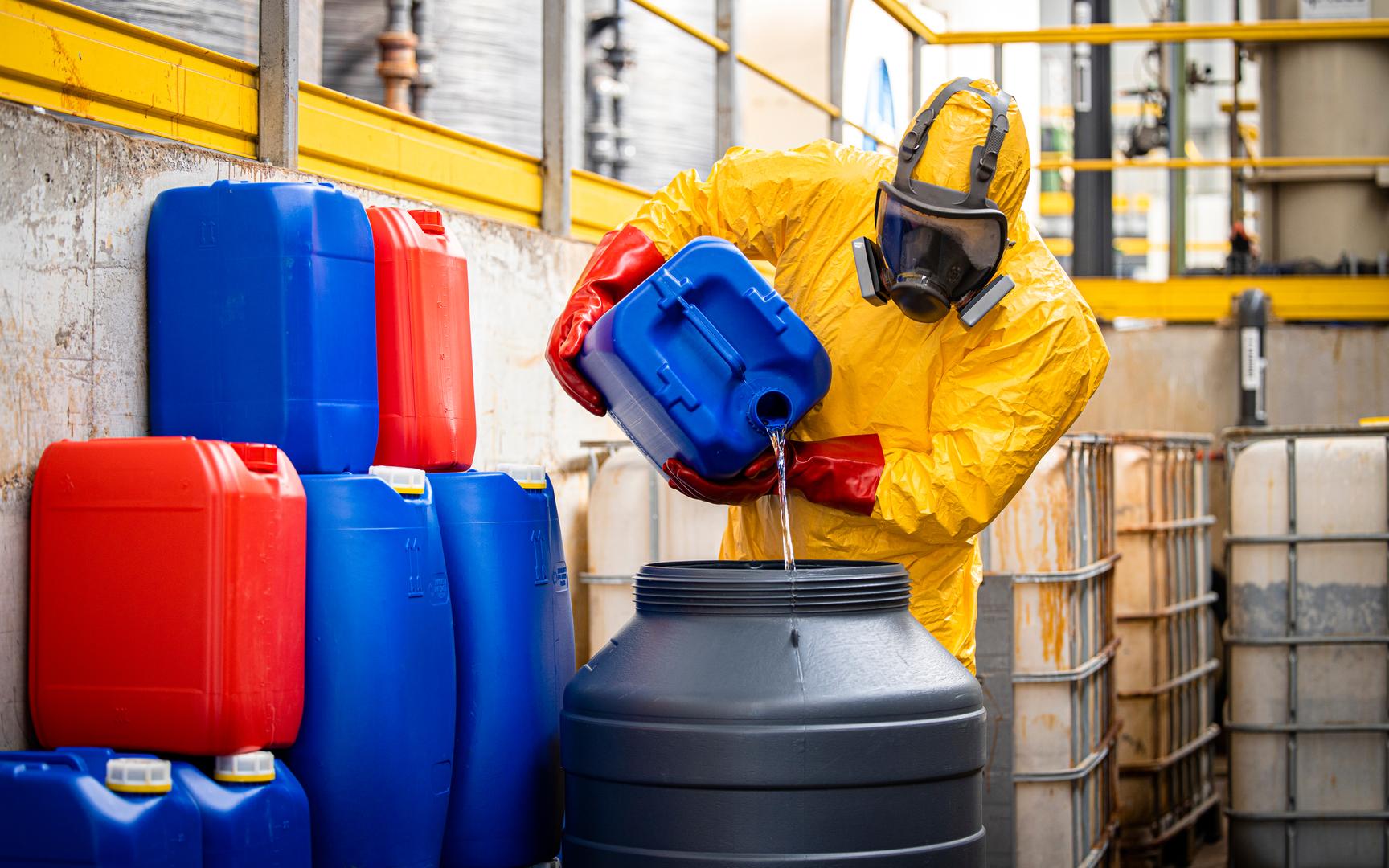Perfluoroalkyl and polyfluoroalkyl substances (PFAS), commonly known as “forever chemicals,” are a varied group of thousands of manufactured chemicals and have been used in industry and consumer products since the 1940s. In April 2024, the U.S. Environmental Protection Agency (EPA) updated its inventory list to reflect approximately 12,697 different types of substances that fall under the PFAS category. In the first quarter of 2024 alone, the EPA finalized a rule that prevents companies from starting or resuming the manufacturing or processing of various PFAS that have not been used for many years without first submitting to a complete EPA review and risk determination. The EPA is also considering expanding the definition of “hazardous waste” applied to cleanups at permitted hazardous waste facilities. Finally, the EPA is expected to cut PFAS from U.S. government custodial contracts. Manufacturers need to get ahead of the more stringent regulatory oversight that is certain to come.
Background
PFAS have unique molecular structures that make them highly resistant to decomposition and cannot be broken down by water, bacterial enzymes from, or other natural substances.
Due to their extreme durability and resistance to stain, water, heat, and grease, PFAS have found a wide array of applications in manufacturing, including:
- Metal finishing/chrome plating, including printed circuit board manufacturing;
- Fire extinguishing foam;
- Textiles/clothing, including jeans, rugs, and upholstery;
- Consumer products, including non-stick products, paints, sealants, and certain personal care products, such as dental floss, shampoos, and cosmetics; and
- Food packaging, including microwavable popcorn bags, pizza boxes, and candy wrappers.
PFAS’ durability, however, is a double-edged sword. Once PFAS are released into the environment, they are there to stay. Most people in the United States have been exposed to PFAS in some form. As researchers and regulators became more aware of PFAS’ environmental impact and the associated claimed adverse effects on human health, the industry has seen a major surge in PFAS litigations and regulatory flux at the federal and state level.
Practical Steps for Manufacturers
To ensure compliance with relevant regulations and lower the risk of claims, manufacturers should:
- Consider conducting an internal audit to identify PFAS-containing products, as well as potential sources of contamination such as air, water, and waste contamination.
- Based on the audit’s outcome, assess potential exposure in every aspect of the manufacturing and supply chain.
- Consider conducting an environmental impact assessment.
- Consider the feasibility and method of PFAS removal to determine whether safer alternatives exist.
- Determine the scope of potential insurance coverage under existing insurance policies.
- Consult counsel to maintain compliance with regulatory bodies, better understand potential risk of claims, and craft disclosure statements for consumers, suppliers, and regulators.
Please contact a Jackson Lewis attorney with any questions.
© Jackson Lewis P.C. This material is provided for informational purposes only. It is not intended to constitute legal advice nor does it create a client-lawyer relationship between Jackson Lewis and any recipient. Recipients should consult with counsel before taking any actions based on the information contained within this material. This material may be considered attorney advertising in some jurisdictions. Prior results do not guarantee a similar outcome.
Focused on labor and employment law since 1958, Jackson Lewis P.C.'s 950+ attorneys located in major cities nationwide consistently identify and respond to new ways workplace law intersects business. We help employers develop proactive strategies, strong policies and business-oriented solutions to cultivate high-functioning workforces that are engaged, stable and diverse, and share our clients' goals to emphasize inclusivity and respect for the contribution of every employee. For more information, visit https://www.jacksonlewis.com.

